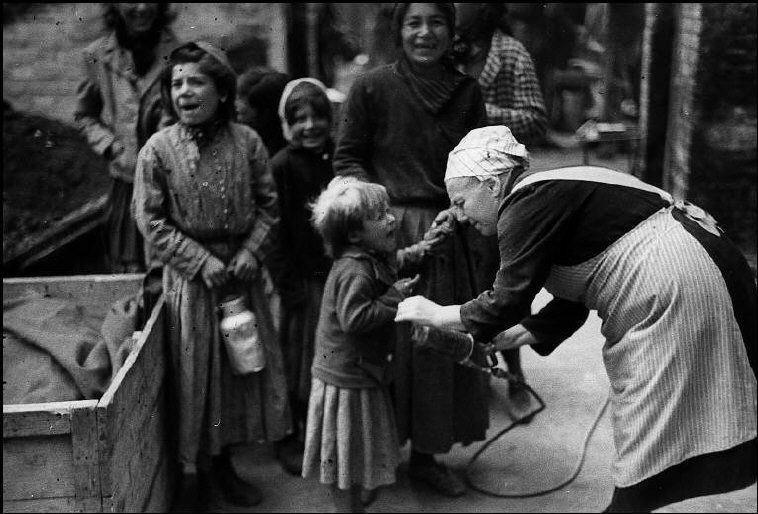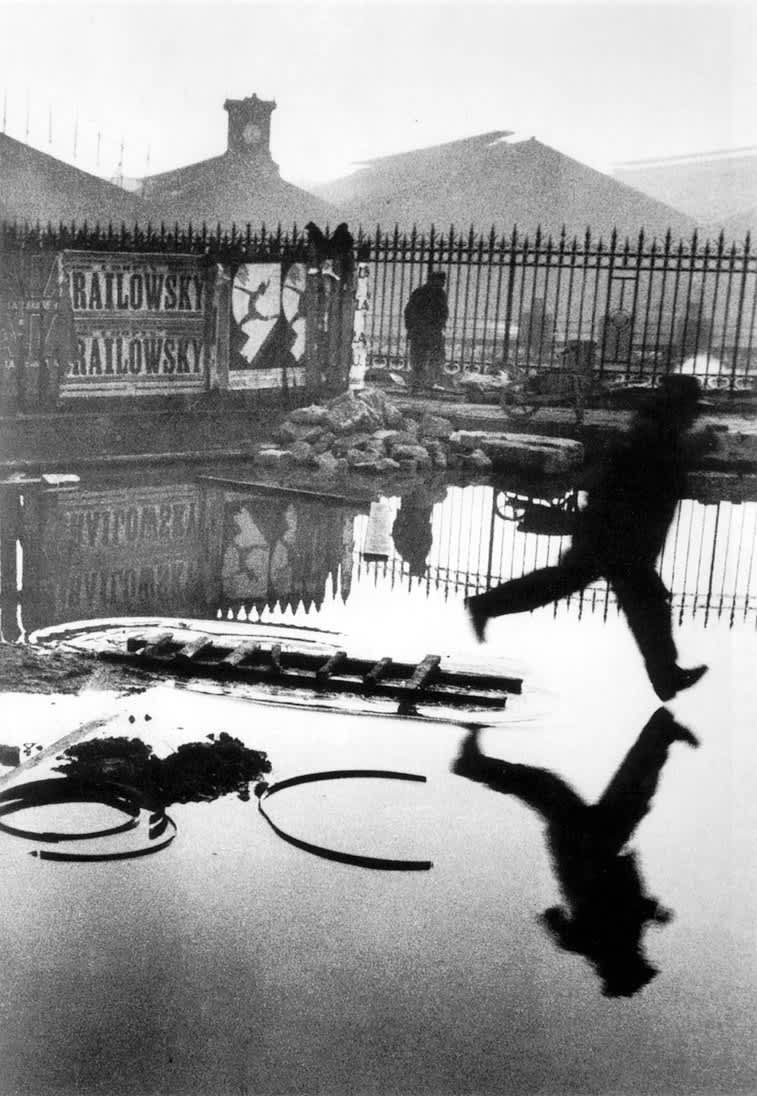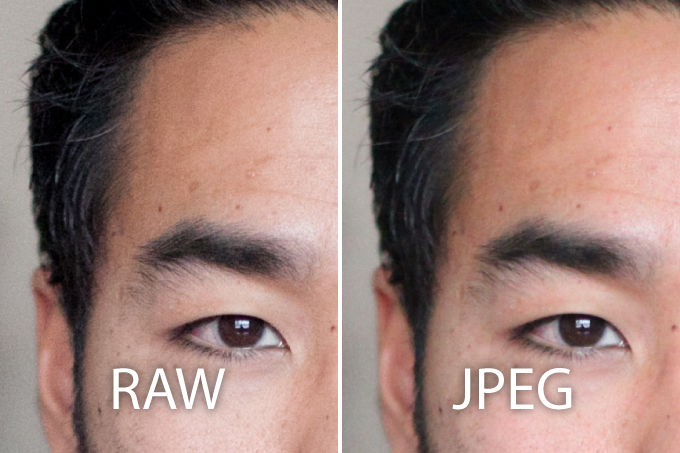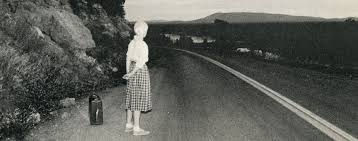The decisive moment
- Julita Mbazuigwe
- 31 paź 2022
- 3 minut(y) czytania
Zaktualizowano: 21 lis 2022
"To me, photography is the simultaneous recognition, in a fraction of a second, of the significance of an event as well as of a precise organization of forms which give that event its proper expression." Henri Cartier-Bresson.
Henri Cartier-Bresson is the author of the famous 'decisive moment', the principle of capturing the moment when a given situation noticed by a photojournalist reaches its climax, it becomes a surprise for the recipient. At the moment of that surprise, a photojournalist should press the camera's shutter to capture that moment. This is otherwise the art of perceptiveness and reflexes that the photographer has to show to deserve to be called a champion. In other words, the "decisive moment" is a combination of an extraordinary situation with a perfect composition, i.e. simultaneous occurrence of these two elements. Cartier-Bresson photographed a 35mm film with a Leica camera, used black and white film, and worked in the available light. He was an observer of life. He captured people's problems in reportage photographs. The shocking but taken seriously images include a photo report from April 1945,
from the liberation by Soviet troops of the concentration camp in Dessau in eastern Germany. Here you can see the faces of both the prisoners and their torturers. Anger and revenge are seen in the photos taken by Cartier-Bresson, but with little sensation, they have in common. The liberated people shown in the photos are hungry for quick justice. Not you can be surprised - even the day before, before the camp's liberation, they were abused and tortured. Inscribed in all these photos is objective information about the hero, professional position, and mental state. You can see the commitment of a photojournalist whose mastery lies in them also that he was able to tame the photographed characters with a lens and capture them in natural poses.



fot: https://www.moma.org/audio/playlist/244/3137
'' Behind the Gare Saint Lazare''
The artist's most famous photograph, '' Behind the Gare Saint Lazare'', was once described by the French poet Yves Bonnefoy: ''How, from so many fugitive elements, could he compose a scene as perfect in its detail as it is mysterious in its essence? How can one know before seeing and decide before knowing?''
In the photo, the bold, flat, angular planes and the disorientating way in which the flooded ground reflects the sky create a spatial ambiguity redolent of Cubism. Moreover, aspects of the composition - such as the leaping man caught forever defying gravity and mirrored by the acrobat in the circus posters - revel in Surrealism's fascination with the wonder of the everyday.
The artist himself says: '' There was a plank fence around some repairs behind the Gare Saint Lazare and I was peeking through the space with my camera at my eye. This is what I saw''.
Yet, this indistinct scene, in which the figure is blurred by motion, is not what Cartier-Bresson saw but what he created. By freezing the figure just before his foot disturbs the mirror-calm water, he captured a moment that would have escaped any other passer-by. This is indeed the decisive moment we are talking about in street photography.

fot: https://www.sothebys.com/en/digital-catalogues/world-of-cartier-bresson



Comments